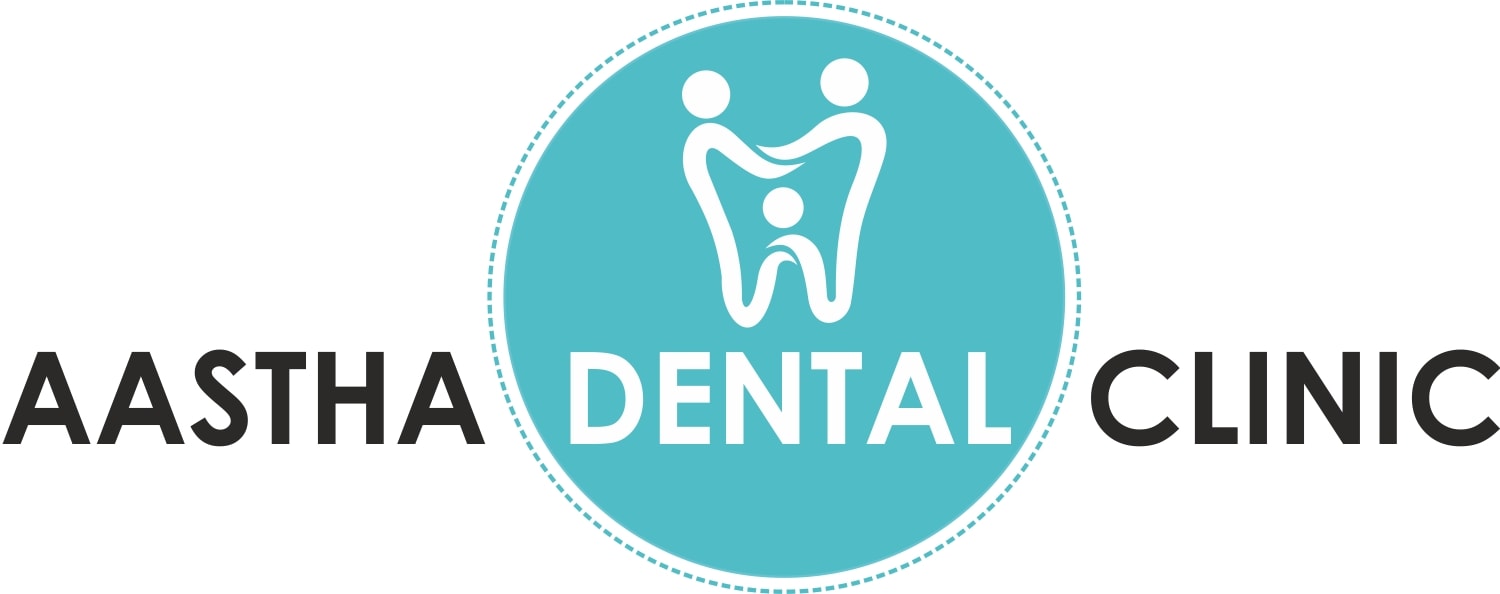
What is the orthodontic treatment/ braces treatment?
Braces treatment the branch of dentistry that corrects teeth and jaws that are positioned improperly. Crooked teeth and teeth that do not fit together correctly are harder to keep clean, are at risk of being lost early due to tooth decay and periodontal disease, and cause extra stress on the chewing muscles that can lead to headaches, TMJ syndrome, and neck, shoulder and back pain. Teeth that are crooked or not in the right place can also detract from one’s appearance.
A specialist in this field is called an orthodontist. Orthodontists receive two or more years of education beyond their four years in dental school in an ADA-approved orthodontic training program.
Braces treatment is a way of straightening or moving teeth, to improve the appearance of the teeth and how they work. It can also help to look after the long-term health of your teeth, gums and jaw joints, by spreading the biting pressure over all your teeth.
Why should I have orthodontic treatment/braces treatment?
Many people have crowded or crooked teeth. Orthodontic treatment will straighten the teeth or move them into a better position. This can improve their appearance and the way the teeth bite together, while also making them easier to clean.
Some people have upper front teeth that stick out and look unsightly. These ‘prominent’ teeth are more likely to be damaged, but orthodontic treatment can move them back into line. Or the way the upper and lower jaws meet can cause teeth to look unsightly and lead to an incorrect bite. Orthodontic treatment may be able to correct both of these problems.
When the teeth don’t meet correctly, this can put the strain on the muscles of the jaw, causing jaw and joint problems and sometimes headaches. Orthodontic treatment can help you to bite more evenly and reduce the strain.
Orthodontic(braces) appliances
Orthodontic treatment uses appliances to correct the position of the teeth.
The four main types are:
- fixed braces – a non-removable brace made up of brackets that are glued to each tooth and linked with wires
- removable braces – usually plastic plates that cover the roof of the mouth and clip on to some teeth; they can only carry out very limited tooth movements
- functional appliances – a pair of removable plastic braces that are joined together or designed to interact together, and fit onto the upper and lower teeth
- headgear – this isn’t an orthodontic appliance itself, but can be used with other appliances and is usually worn at night
In more severe cases, treatment may involve fixed braces and surgery to move the jaw. This treatment is carried out in hospitals.
How do I Know if I Need Orthodontics/braces?
Only your dentist or orthodontist can determine whether you can benefit from orthodontics. Based on diagnostic tools that include a full medical and dental health history, a clinical exam, plaster models of your teeth, and special X-rays and photographs, an orthodontist or dentist can decide whether orthodontics are recommended, and develop a treatment plan that’s right for you.
If you have any of the following, you may be a candidate for orthodontic treatment:
- Overbite, sometimes called “buck teeth” – where the upper front teeth lie too far forward (stick out) over the lower teeth
- Underbite – a “bulldog” appearance where the lower teeth are too far forward or the upper teeth too far back
- Crossbite – when the upper teeth do not come down slightly in front of the lower teeth when biting together normally
- Open bite – space between the biting surfaces of the front and/or side teeth when the back teeth bite together
- Misplaced midline- when the center of your upper front teeth does not line up with the center of your lower front teeth
- Spacing – gaps, or spaces, between the teeth as a result of missing teeth or teeth that do not “fill up” the mouth
- Crowding – when there are too many teeth for the dental ridge to accommodate
How Does Orthodontic Treatment Work?
Many different types of appliances, both fixed and removable, are used to help move teeth, retrain muscles and affect the growth of the jaws. These appliances work by placing gentle pressure on the teeth and jaws. The severity of your problem will determine which orthodontic approach is likely to be the most effective.
